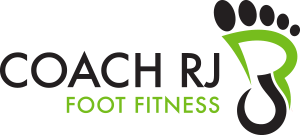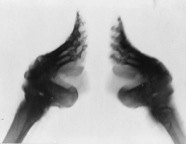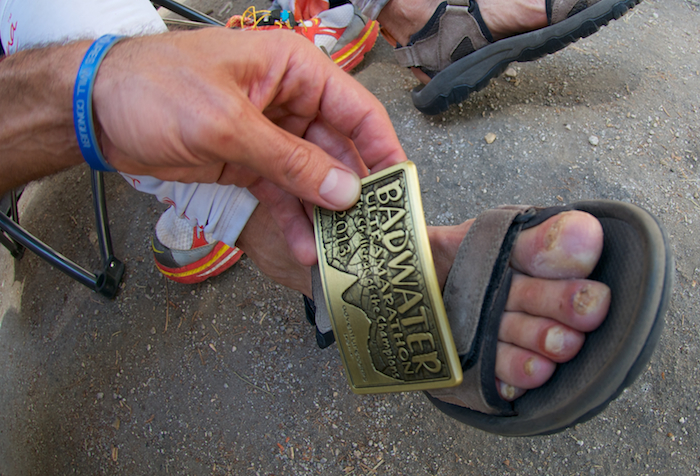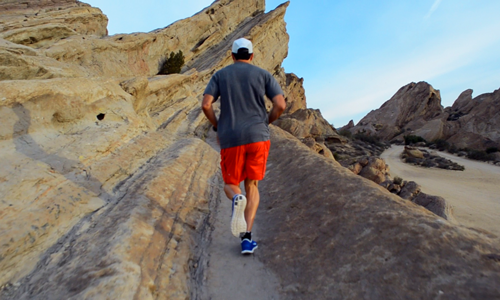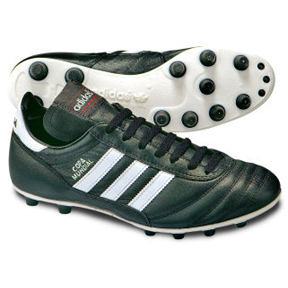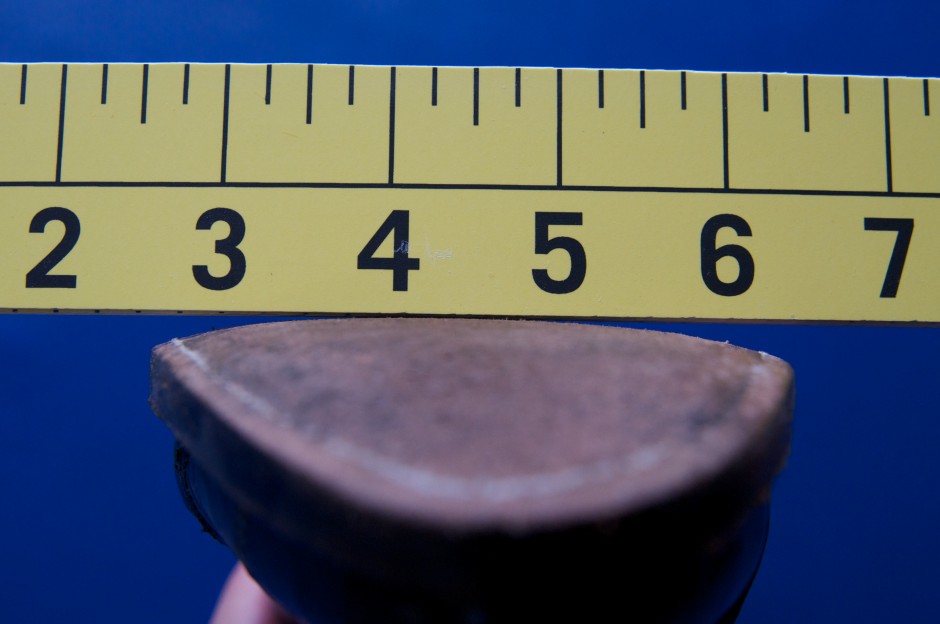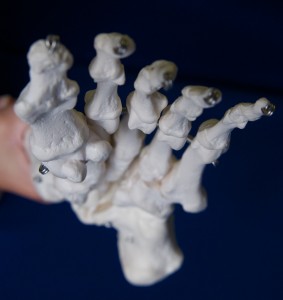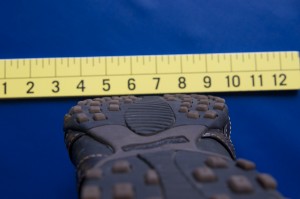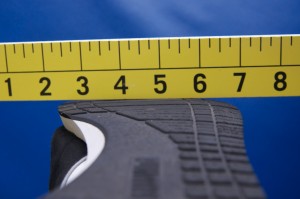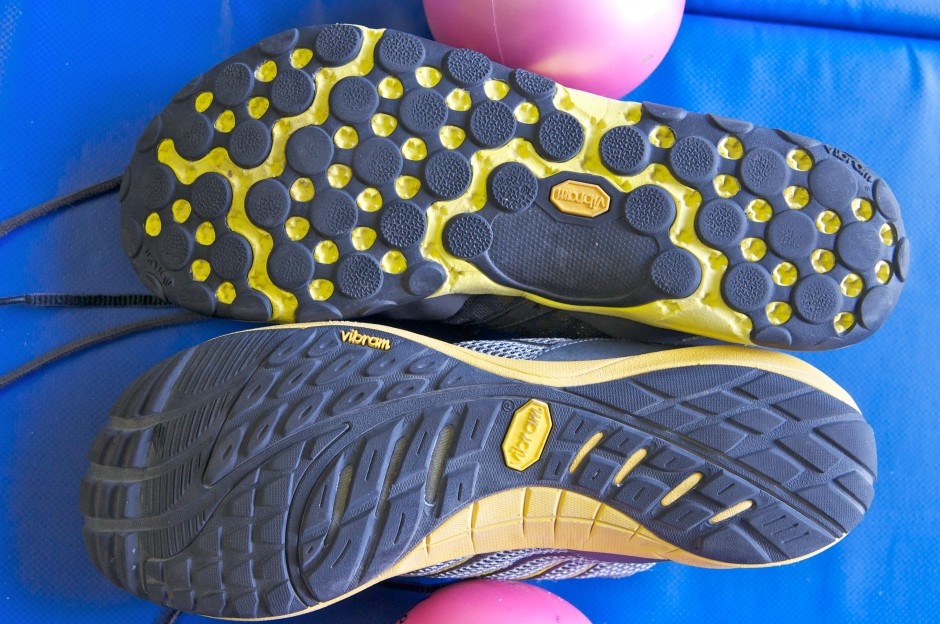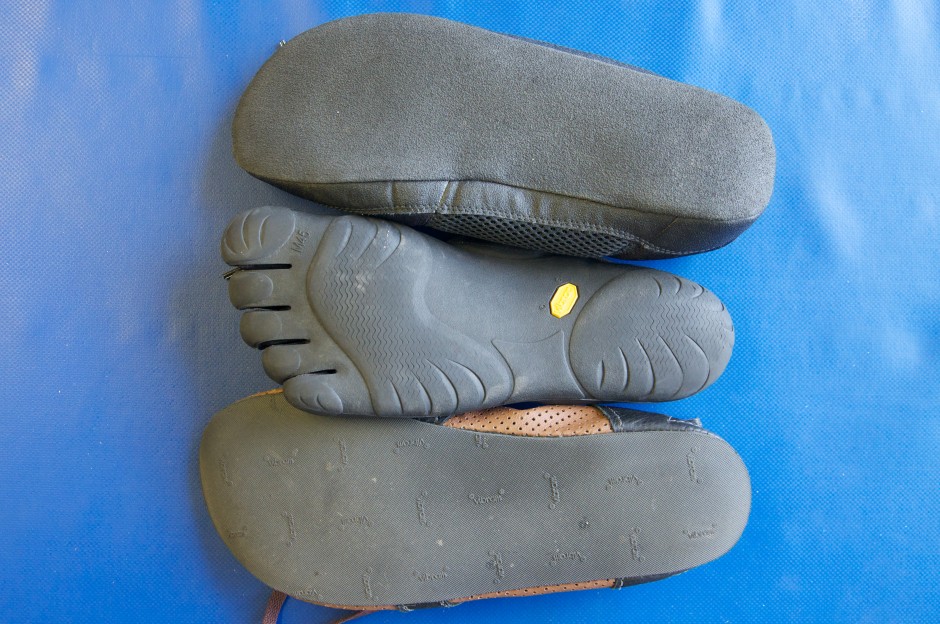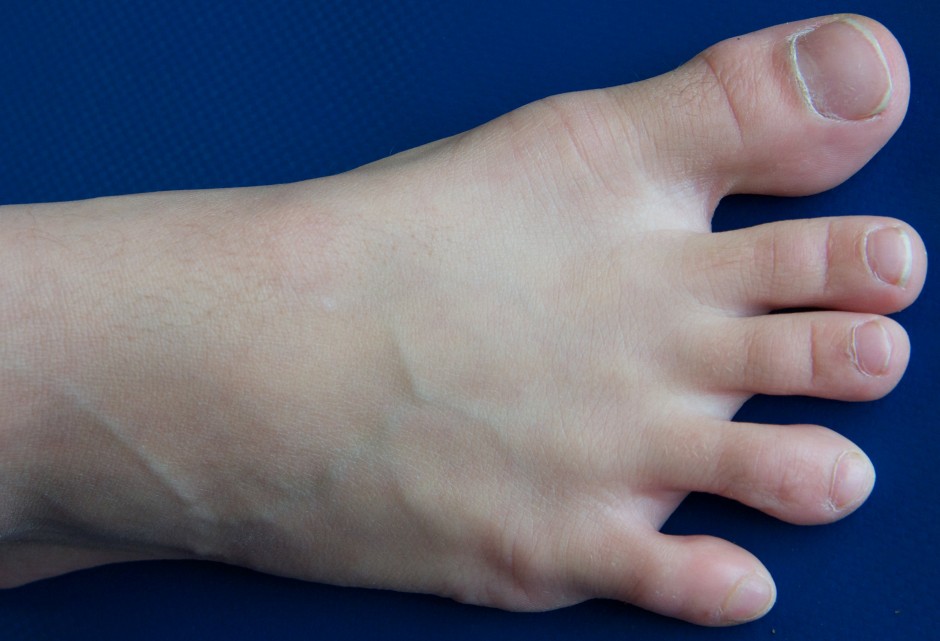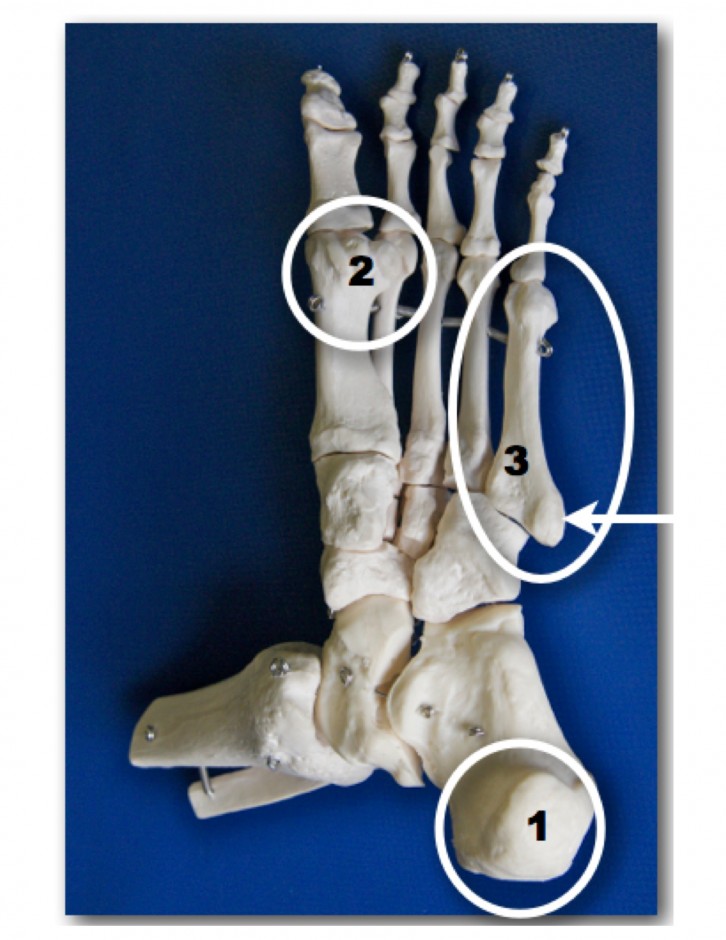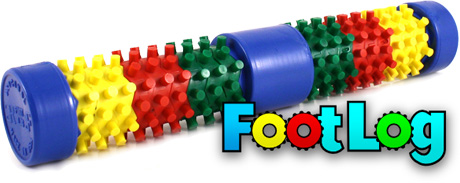The topic of tread design on the sole of a shoe is yet another fascinating foot fact I learned from Michael Sandler, author of Barefoot Running. You’d really have to read Michael’s book for the whole story, but basically many tread designs are for motion control purposes. I did not realize how much motion control was built into tread design until hearing Michael’s explanation. I thought the tread lines were just for “traction only,” but that is not the case. Flip your standard running shoes over. You’ll see “asymmetrical lines” on the bottoms meaning that the lines are not evenly spaced throughout the whole shoe. The lines are likely curving to track your foot into a certain position—welcome to motion control. After learning this, I discovered my old trail running shoes had “pivot points” built into the outer edges. The pivot points are higher allowing the shoe to rotate easier. While this might sound smarter than a foot—it is NOT! Feet don’t always belong in neutral or perfectly aligned. Depending upon terrain and condition, sometimes feet need to pronate, internally rotate, externally rotate, flex, extend, or combinations of the above. To assume that the shoe should force the foot into a certain “optimal” position is flawed. The motion control is in your feet—not your shoes! It’s simple—we need to trust our feet.
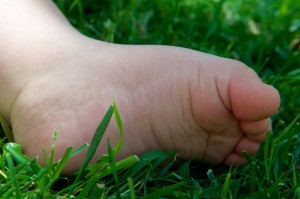
In my featured photo above, both of these shoes are commonly referred to as “minimal” shoes; however, the top shoe (New Balance Trail Minimus) has a very different tread design than the shoe below (Merrell Trail Glove). What is the difference structurally? The New Balance tread is designed for traction control but not much “motion” control while the Merrell has significant motion control lines built into the tread design to “channel” feet into certain positions. The last time I looked at the bottoms of my feet, no deep motion controls lines were etched into them. If you think my older feet might be outdated models, my grandson Baby Reece is only one year old. He has got the new “updated” models, yet his feet have no deep motion control lines–some crinkled fat and nice foot prints though.
Our feet by design have traction control for better grip–but the nerves in our feet working in unison with our brains are the natural motion control–NOT shoes! Keep it simple–trust your feet first.
For more information, see my “Productions Section.”
